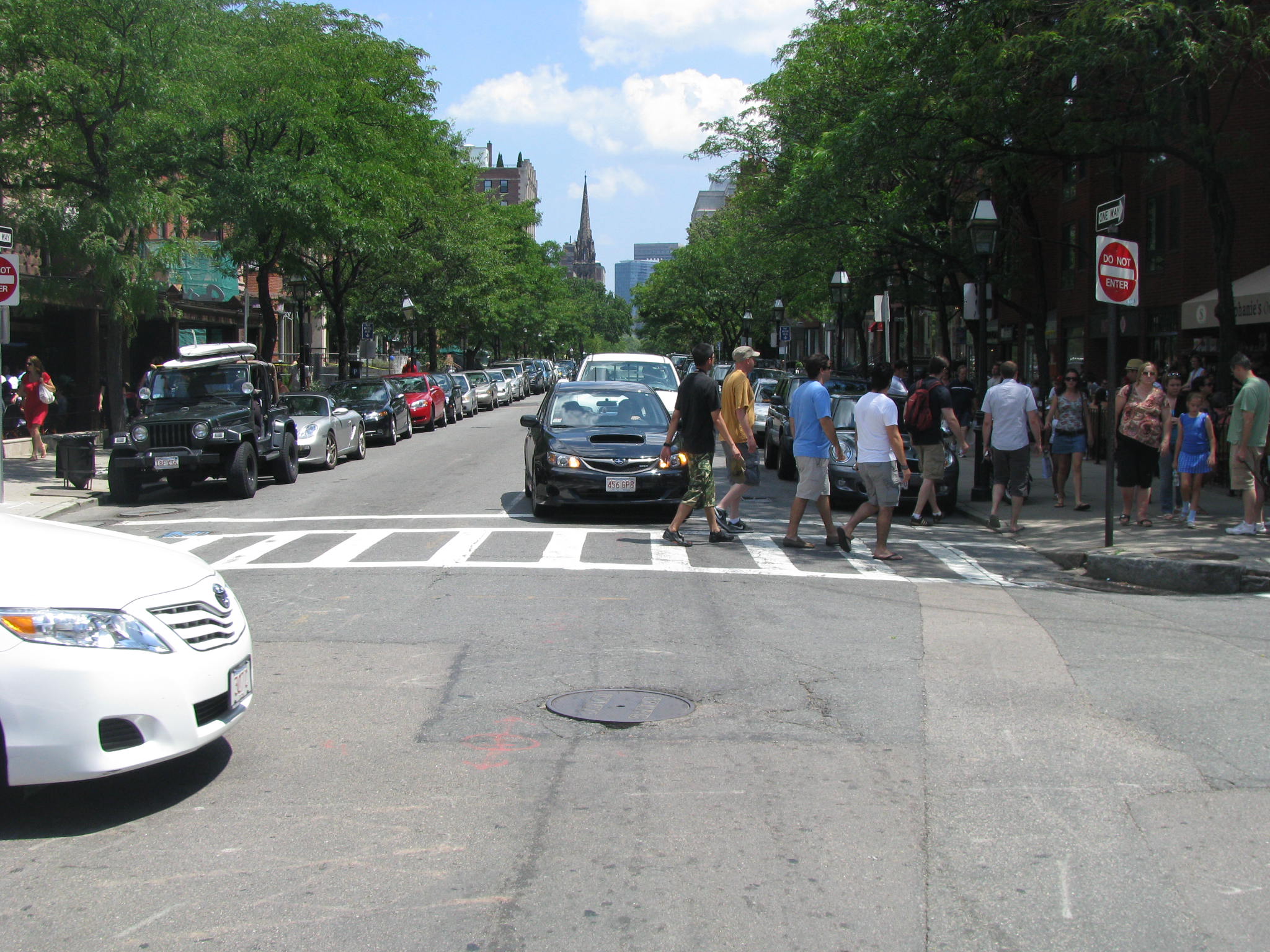
[Photo credit: pedbikeimages.org/Photographer: Laura Sandt]
Lowering speed limits in areas such a residential streets and areas where pedestrians, cyclists and drivers are all sharing the space makes those streets safer for everyone. Drivers have more reaction time and stopping distance at slower speeds. And if a crash does occur, the likelihood of fatalities and serious injuries is much lower at those slower speeds. That’s good news for people in and out of cars.
So how much of a difference can 5 or 10 mph really make?
A lot. Check out this table from the AAA Foundation for Traffic Safety that we borrowed from our friends over at Streets for the People:
| Impact Speed: | Risk of Death: |
| 23 mph | 10% |
| 32 mph | 25% |
| 42 mph | 50% |
| 50 mph | 75% |
| 58 mph | 90% |
A person on foot has only a 50% chance of survival if he or she is hit by a car going 40 mph (which is a common speed on our 30 mph streets around here currently.)
We know that the design of the street, regardless of the speed limit, has the biggest impact on driver speed. And enforcement is necessary if you really want true compliance. But lowering speed limits are part of the solution to creating a culture of drivers sharing the streets with other people. A lower speed limit signals to drivers that they should be driving more cautiously in that particular speed zone. Ideally, lower speed limits are also paired with other traffic calming measures to truly make streets safe for those who are getting around by something other than a car.
Would you support lower speed limits where you live, work and play? Why or why not? We’d love to hear from various people who live in the entire metro area (not just the city). Leave us a comment.
By the way: when the state gives a city/town the authority to lower its default speed limit, it does not mean that a city/town will make the limits on all streets 25mph. It simply gives communities the flexibility to decide which streets should be at the low limits and which should be higher.






No Comment